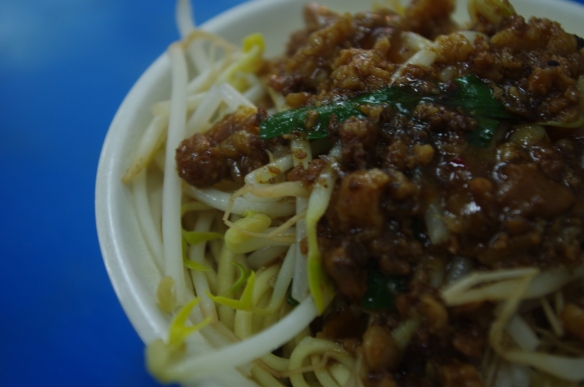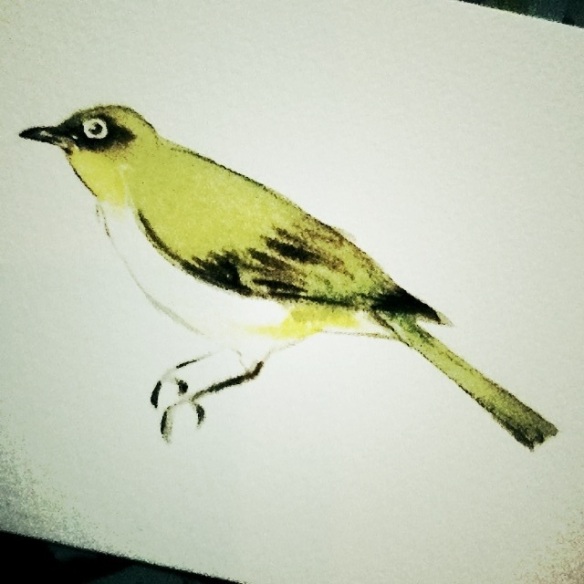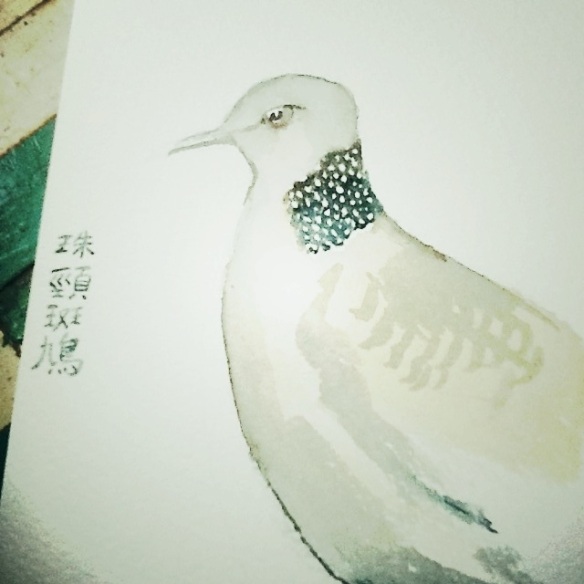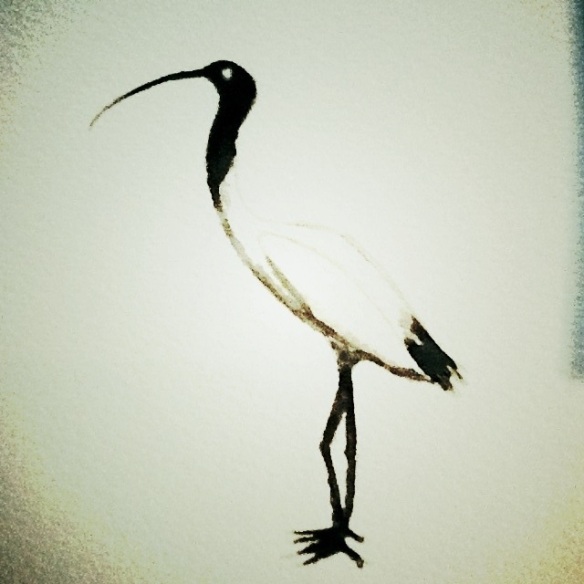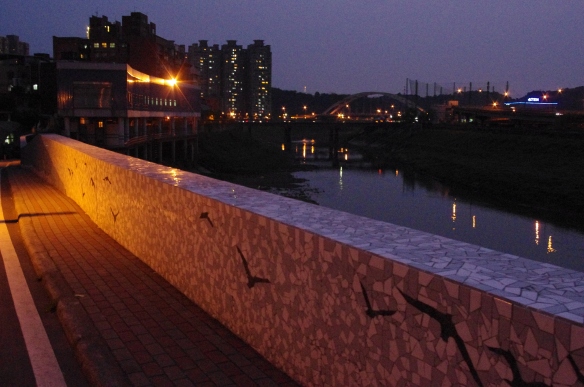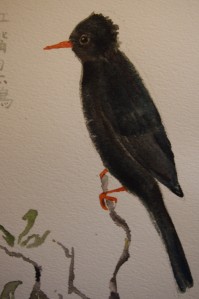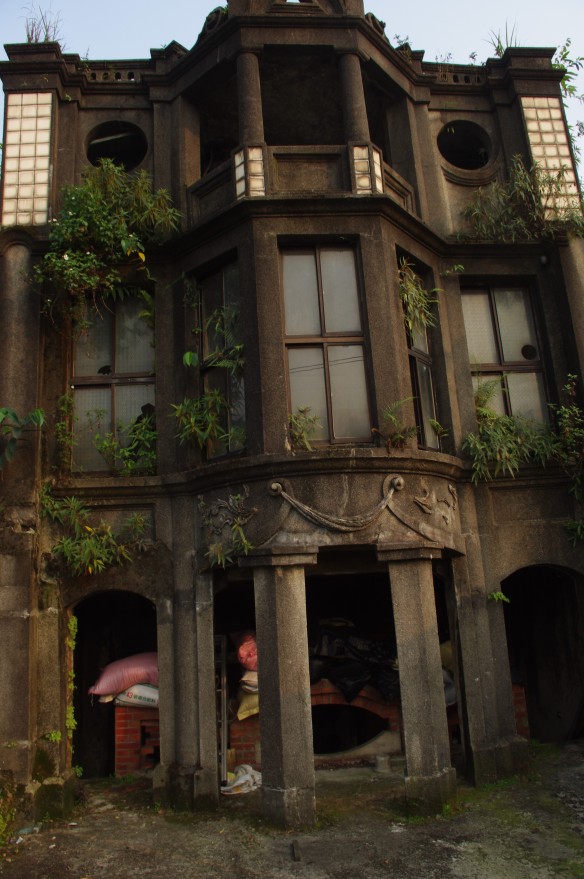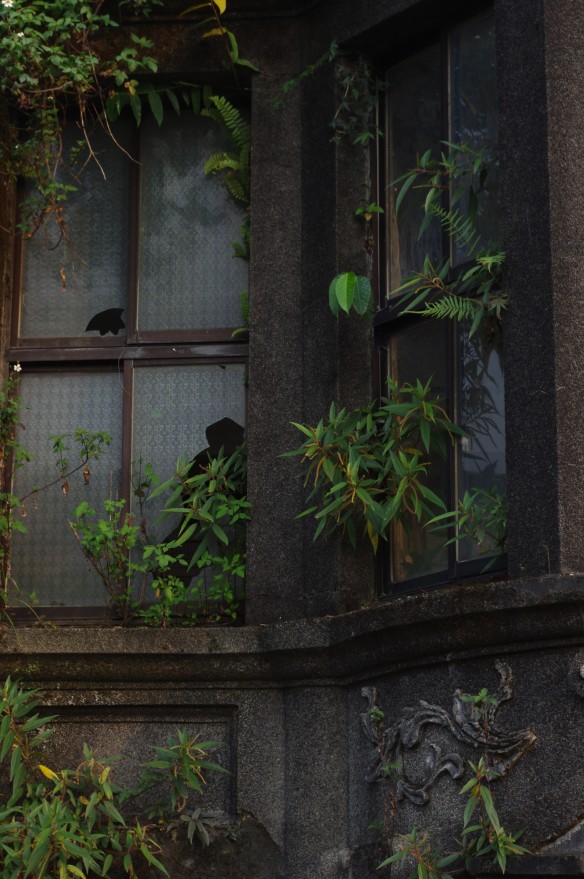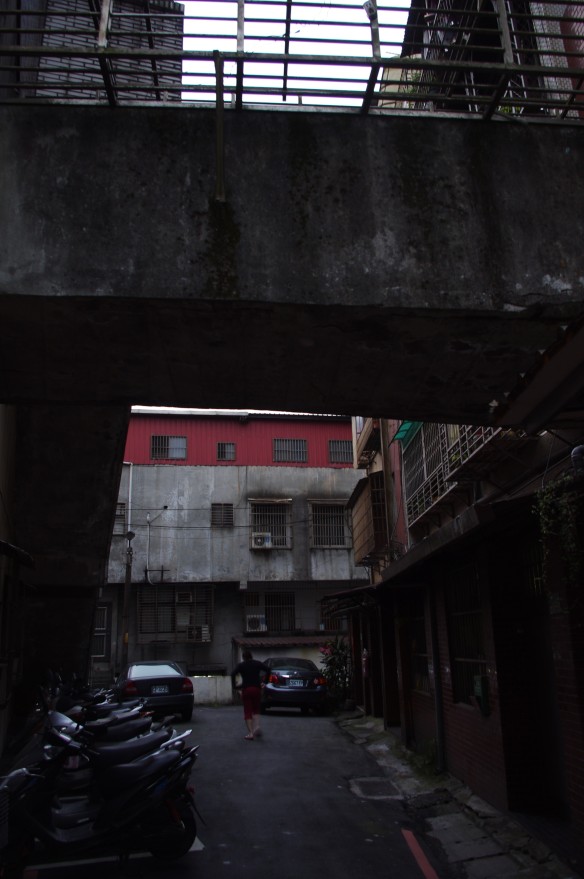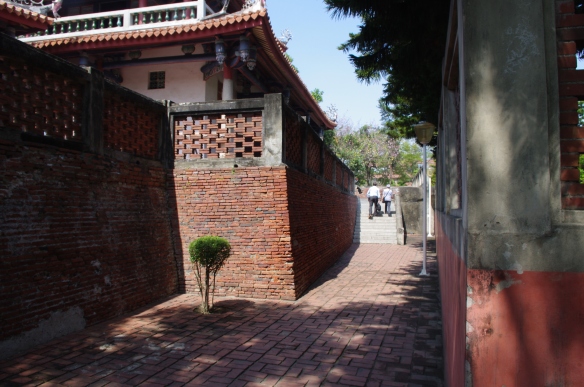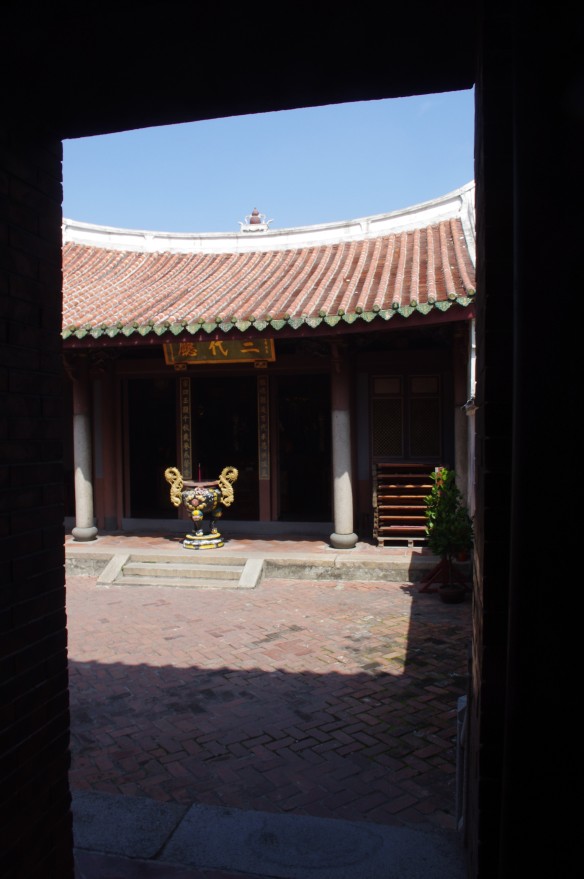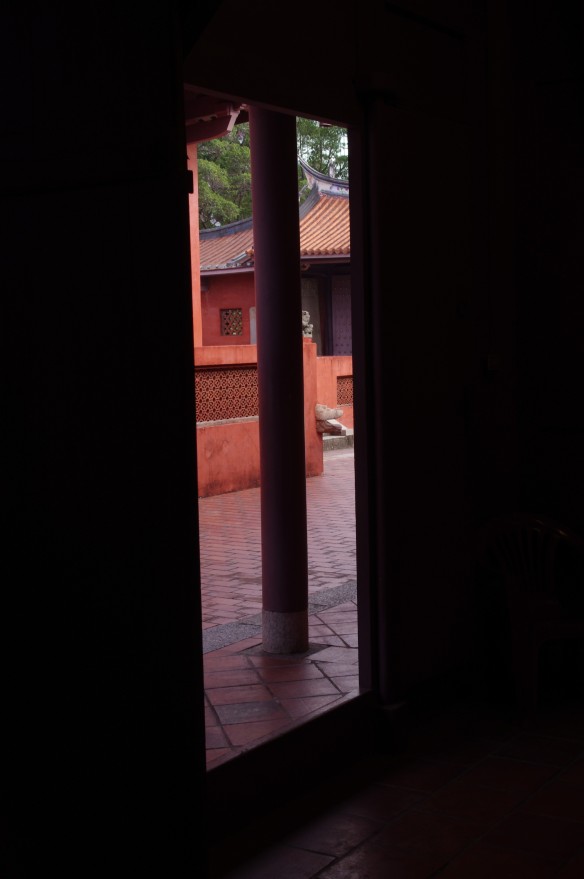Today I returned to Guandu 關渡, pottered from the MRT station over to the embankment and viewpoints bordering the wetland area, and then ambled along the riverbank up to Danshui 淡水, where I ate lunch and had a coffee at the former Shell compound, now a rather marvellous cultural and arts centre. It was a grand walk, especially considering the weather (thunderstorms forecast, but sun and breezes delivered). Almost the first thing I noticed when I arrived at the riverbank in front of Guandu’s enormous temple was a kingfisher (hurrah!), perched on one of the narrow fishing boats lined up at the water’s edge. You probably can’t make it out in this photo, so you’ll have to take my word for it.
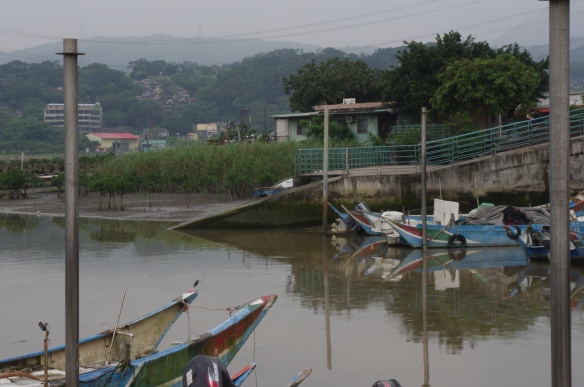
You might be able to see the winter heron scratching itself atop one of the mooring poles, though – they are normally very composed, so catching one in the middle of its grooming routine feels a little cheeky.

On the other side of the pier the mudflats begin, merging into the mangrove belt that extends through Hongshulin 紅樹林 and beyond. This is a fascinating and confusing section of riverbank. At first glance the muddy shore appears to be strewn with small pebbles, each poised by a wee hole, but then suddenly, perhaps prompted by the approach of an egret or careless passerby, a whole beach worth of pebbles ups and dashes about, as if in coordinated motion. Each of the animated pebbles turns out to be a fiddler crab (Uca arcuata, according to a helpful information board), with one pinkish claw dwarfing the other.
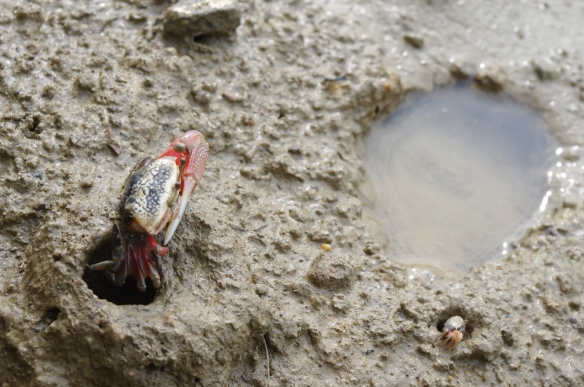
There are also dozens of mudskippers, rather marvellous fish that wriggle out of the water and appear to collaborate with the crabs in their muddy dance. Unfortunately I haven’t yet caught any on camera (I’m not certain that the brown lump just above the fiddler crab might not be a mudskipper, but I remain far from certain that it is, too).The mud is held in place by a long thicket of mangroves (Kandelia obovata, apparently), which produce long green seed pods that actually grow in place and only drop into the water (or mud, depending on the tides) below when ready to migrate and plant themselves.
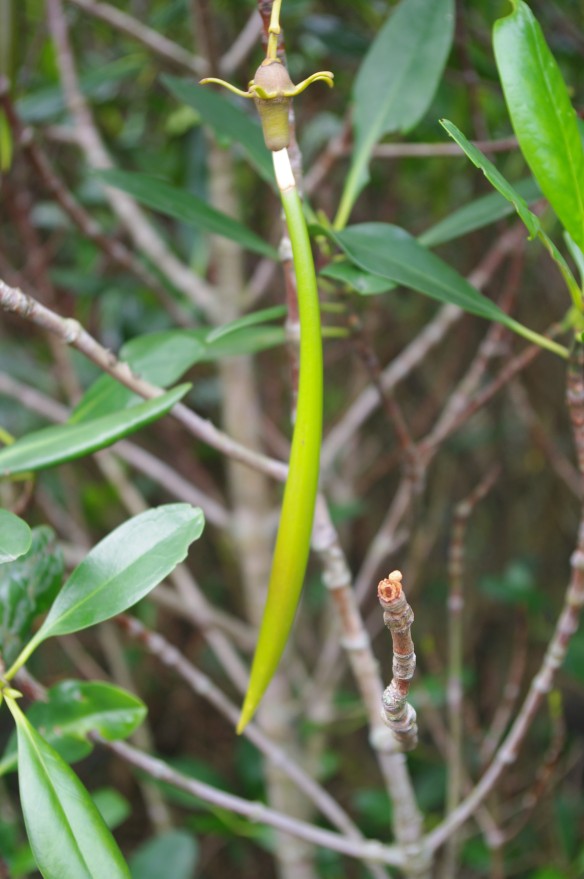
The embankment running along the divide between the mangroves and the Guandu wetland reserve makes up part of the riverbank cycle route, and also leads to two hides from which one can look across the nature reserve.
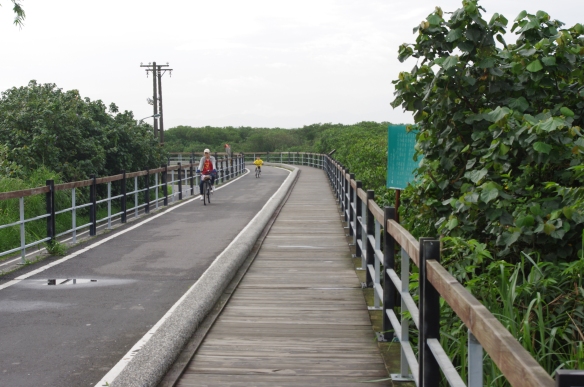
The southeast viewing area is the larger of the two, and includes a beautiful long curved hide, a shelter overlooking one of the large ponds, and a thick tangle of woodland and lianas.
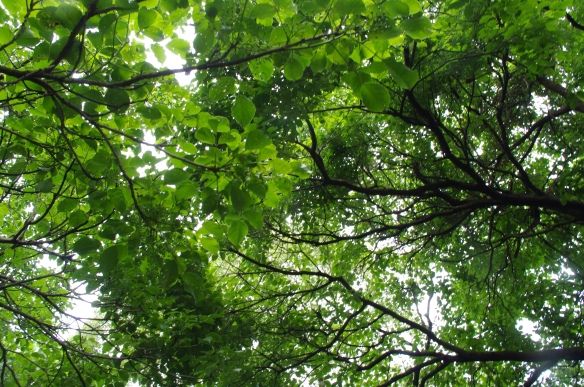
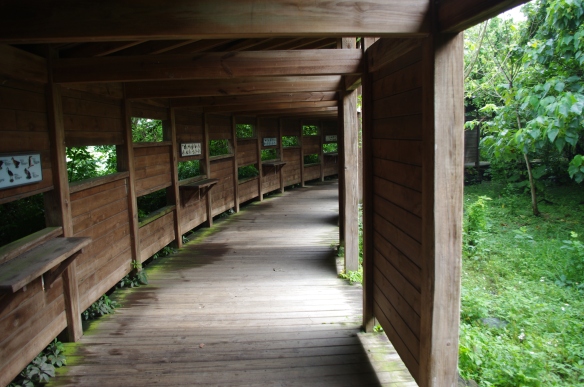
The southwest area is smaller, but has a similar hide and a viewing platform overlooking the entire southern edge of the nature park. Today this area was studded liberally with egrets, grey and winter herons, and ibis, with swallows doing their aerobatics and bulbuls doing their best to drown out bursts of firecrackers and music from the temple and occasional distant thunderclaps. I really really really need to buy mosquito repellent, though.
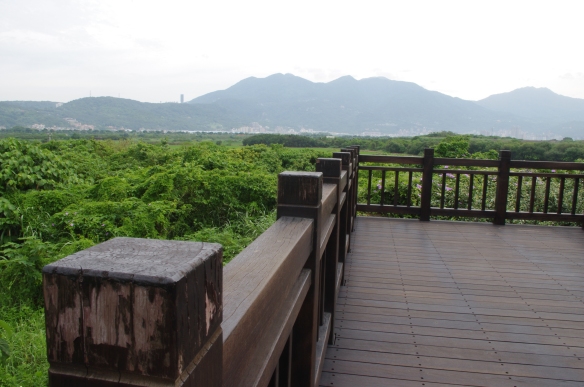

After enjoying the views here (periodically lowering binoculars to swat and curse) I bought an incredibly cold watermelon juice and shambled north past the Guandu bridge and along to the mangrove reserve at Hongshulin. This has a long elevated boardwalk for pedestrians, snaking among the leaves and offering great fiddler crab and mudskipper spotting opportunities (but not today, as the tide was coming in). The treetops are dominated by bulbuls and white-eyes, and the banks by egrets.

Beyond this stretch the riverbank is less glamorous, but was livened up enmormously today by the rather substantial pig ambling casually along the cycle path and apparently enjoying the company of a black labrador-ish hound.
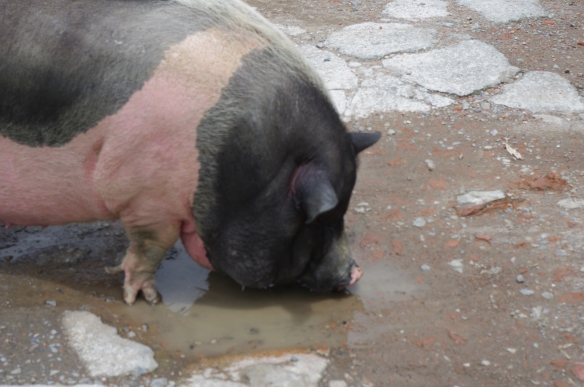
There was also an unusually large lizard, which gave me a hard stare before grudgingly retreating into the long grass, and a fine beetle sunning itself on the fence, to ensure that I was suitably entertained.
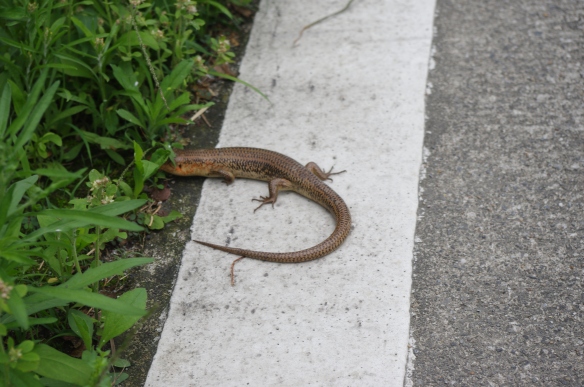

Just before reaching Danshui proper, the path runs along the front of a military base (no photos or binocular there), and then arrives at what used to be a Shell depot, now an attractive brick-and-timber complex, part of a university campus, with a very pleasant, if eccentric, place to have a cheap coffee.

Beyond this is a wonderfully (or alarmingly, depending on your point of view) dilapidated, slowly disintegrating complex of precarious wooden buildings on somewhat friable stilts. Last time I passed through it was playing host to around a dozen irritable-looking night herons, but today was very quiet.
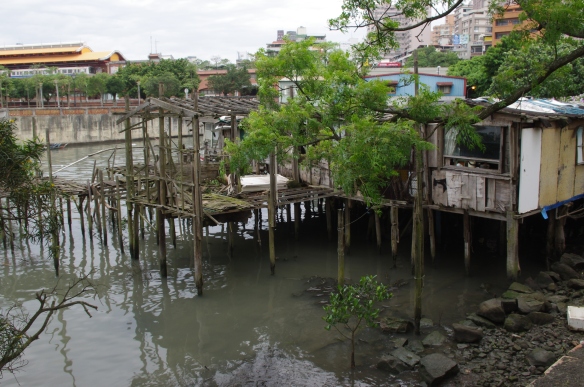
After that, there was little left but to eat some niurou zaomian 牛肉燥麵 and take the MRT back to the hostel.
